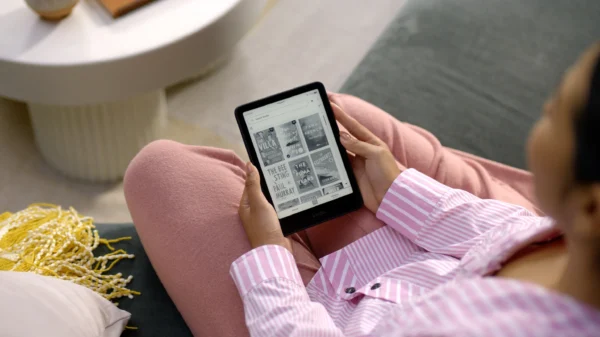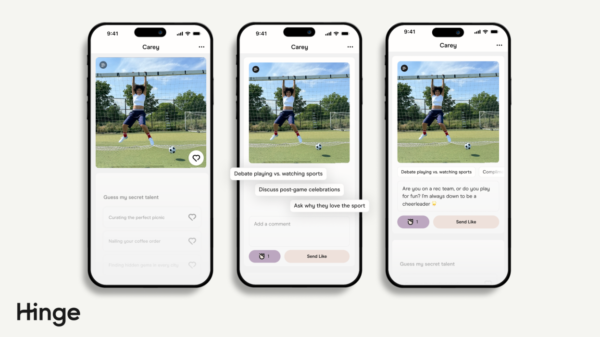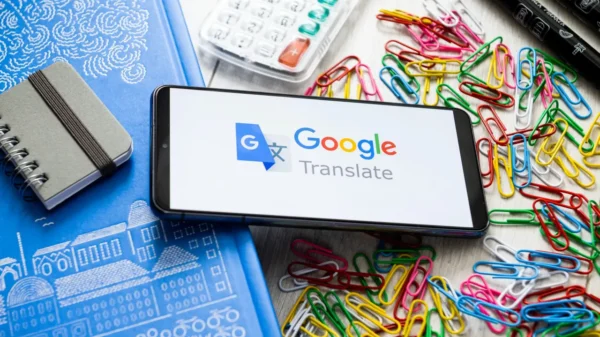Choosing the right laptop for students is becoming more important as the start of the school year draws near. With so many alternatives available, students face a daunting task: selecting the perfect gadget. This decision will have a profound impact on their productivity, learning experience, and overall success. This article examines the best laptops on the market in 2024 and gives you the lowdown on their specs, performance, and whether or not they’re good for school.
Why Students must Have the Right Laptop
There are many other uses for a laptop than taking notes. The doorway to knowledge, inquiry, discourse, and original thought it opens. A student’s capacity to organize their studies, engage with online classes, and complete assignments efficiently might be enhanced with the correct laptop. To cater to students’ varied requirements, it should be well-balanced in terms of performance, mobility, battery life, and durability.
Performance and Processing Capacity: Crucial Considerations for Buying a Laptop for Back-to-School
Memory and the central processing unit (CPU) are the two main components that determine a laptop’s performance. An ideal laptop for students would include 8 GB of RAM and a current multi-core processor. This guarantees that the device can operate educational software, multitask, and stream lectures smoothly.
Convenience and Runtime of the Battery
Students who need to bring their laptops to many locations, such as libraries, classrooms, and study sessions, prioritize portability. It is crucial to have a tiny, light laptop with a long-lasting battery. Devices that give up to 12 hours of battery life can go through an entire school day without needing a recharge.
Size and Quality of the Display
Both the viewing experience and the convenience of multitasking are impacted by the display’s size and quality. In terms of screen real estate to portability, most students usually find that a 13- to 15-inch display is more than enough. For images that are clear and crisp, a resolution of Full HD (1920 x 1080) or greater is ideal.
Decisions Between Solid-State Drives and Hard Drives
When working with big files, such as presentations, projects, and media assets, storage capacity and speed become absolutely crucial. Because of its dependability and quicker data access speeds, Solid-State Drives (SSD) are favored over Hard Disk Drives (HDD). A solid-state drive (SSD) with at least 256 GB of storage space is desirable, but students with a lot of data should aim for 512 GB or more.
Do you prefer Windows, macOS, or Chrome OS for your operating system?
The requirements and preferences of the individual student will determine the operating system that is selected. Windows is extensively utilized in educational institutions due to its vast range of software compatibility. Many people choose macOS because of how well it works with other Apple products and how well it handles creative jobs. Chrome OS is great for students who use web-based apps a lot because it is secure, easy to use, and doesn’t have a lot of power.
Apple MacBook Air M2 (2024): The Best Laptop for Students
One of the best options for students looking for a powerful yet portable laptop is the Apple MacBook Air M2. This laptop’s cutting-edge M2 CPU makes it incredibly fast, which is great for demanding jobs like video editing, coding, and multitasking. The 13.6-inch Retina display is perfect for both work and play, with vivid colors and crisp writing. With a maximum battery life of 18 hours on a single charge, the MacBook Air M2 is an excellent pick for those long school days.
2. The Dell XPS 13 desktop computer (2024)
Students still love the Dell XPS 13 for all the right reasons: its stylish design, sturdy construction, and powerful performance. It boasts the newest Intel Core i7 processor and supports up to 16GB of RAM, guaranteeing lightning-fast processing rates and seamless multitasking. Stunning clarity and a nearly borderless viewing experience are delivered by the 13.4-inch InfinityEdge display. With a battery life of up to 14 hours, the XPS 13 is ideal for students who are often on the move.
Spectre x360 14 from HP (2024)
The HP Spectre x360 14 is a great convertible laptop for students. This multipurpose gadget has all the features of a laptop and all the flexibility of a tablet in one. It uses the newest CPUs from Intel and has 16 GB of RAM as an option. Vibrant colors and strong contrasts enhance the visual experience on the 13.5-inch OLED display. The Spectre x360 14 is perfect for sketching and note-taking thanks to its built-in pen. You can get through an entire school day on a single charge (up to 15 hours).
In 2024, Microsoft released the Surface Laptop 5.
In terms of functionality, portability, and design, the Microsoft Surface Laptop 5 checks all the boxes. Students who benefit from a larger screen for multitasking will love its 15-inch PixelSense touchscreen display. The laptop can handle demanding programs thanks to its up to 32GB of RAM and the newest Intel or AMD processors. With a battery life of up to 17 hours, kids won’t have to worry about running out of juice mid-day.
The Google Pixelbook Go (2024) ($500)
The Google Pixelbook Go is a great option for students who mostly utilize apps that are accessible through the web. The mobility, simplicity, and performance of this Chromebook are all well-balanced. With its 8 GB of RAM and Intel Core i5 processor, it’s more than enough for most schoolwork. The 13.3-inch Full HD touchscreen is perfect for work and entertainment thanks to its responsiveness and brightness. The Pixelbook Go is an excellent choice for students who require a dependable laptop for both academics and extracurricular activities, thanks to its 12-hour battery life.
In summary
Performance, mobility, screen quality, and battery life are some of the most important considerations when choosing a laptop for the 2024 academic year. The gadgets mentioned above are the best options for students because they meet a variety of demands and preferences with their various capabilities. Students can discover a laptop that will help them succeed academically regardless of their priorities: performance, style, or usability.

















































